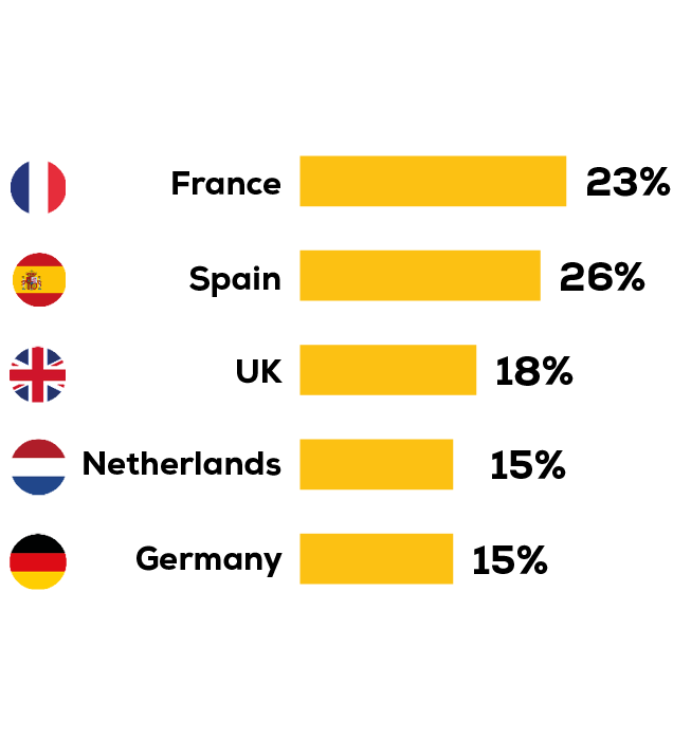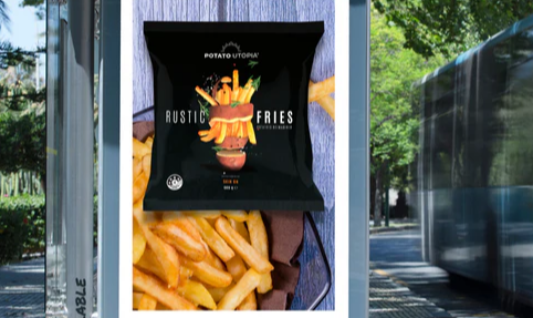
Young families are potato fanatics

Young families market share
Typically parents aged between 35-44 with young children between 2-9 years old.
Time well spent
Frozen potatoes provide young families with convenience and time-saving benefits. This connects well with the major need for closeness with loved ones. The category is a frequently used component of a shared meal with the ‘core’ family. Furthermore, its fast prep times allow for a lengthier meal time together. According to our market research, for 7 out of 10, it represents an opportunity to spend quality time with the family and for a fifth it’s a ritual that even turned into a family tradition.
Kids love it, parents love it
A family meal that both kids and parents enjoy. See, it is not only a speedy, hassle-free and cost-effective solution, Our products also act as a kid-friendly crowd pleaser: a varied and appealing range that kids crave thanks to its great taste and fun aspect. Furthermore, it reconciles the parents’ desire for both a tasty and healthier option for their children, with the option to prepare products in the oven and air fryer as well as choosing from tasty and pure products such as mash or sweet potato fries. Although nutritional value is less of a priority to young families for the frozen potato category.
Young influencers
So, frozen potatoes are the ideal solution for parents for a lot of reasons. A convenient and time-saving emergency product, tasty and still reasonably healthy, affordable and diverse. However, often the decision to buy frozen potato delight does not originate from the parents. Kids have a relatively big influence on purchase decisions. 4 out of 10 parents will buy a product because their children have explicitly asked for it.




